Learn the Basic Anatomy of a Luxury Timepiece
Despite the variation in watch design, functions, and craftsmanship, there are some common features shared by many watches. Acquiring knowledge about these features is not only interesting but also helpful in selecting the most suitable timepiece that caters to your specific requirements and lifestyle. Keep reading to gain expertise in watches in no time!

The strap or bracelet
The strap or bracelet of a watch is the part that goes around your wrist, and it can be made from synthetic or animal leather, rubber, fabric, or metals such as stainless steel, platinum, or gold. The strap or bracelet can be fastened or buckled to secure the watch in place. There are numerous styles of watch straps and bracelets, and they can differ considerably between watches. The one you choose will be based on your personal style, usage, and lifestyle.
Case
The watch case is the part that encloses and safeguards the movement and dial and can have different shapes and be made of various metals. For instance, in the examples provided, one can observe a prominent rectangular case and a distinctive design that includes two small square cases with a double strap.


- Square
- Oval
- Round
- Rectangle
- Octogonal
- Tonneau
- Tank
- Yellow Gold
- White Gold
- Rose or Red Gold
- Platinum
- Ceramic
- Stainless Steel
- Titanium
Dial
The watch dial is the part of the watch that displays the time, date, and any other additional features or design elements. The dial may contain a detailed design that is not immediately noticeable. Watch dials can be impressively intricate works of art that are also practical and serve their intended function.
Pusher
A pusher is a button found on the side of a watch that triggers a specific internal function of the watch. Pushers are commonly found on watches that have a chronograph feature, and they are usually located at the 2:00 and 4:00 positions. In the examples provided, it is important to observe the position and size of the pushers. Some pushers are almost level with the case, known as “correctors,” while others are more extended, known as “pump pushers.”
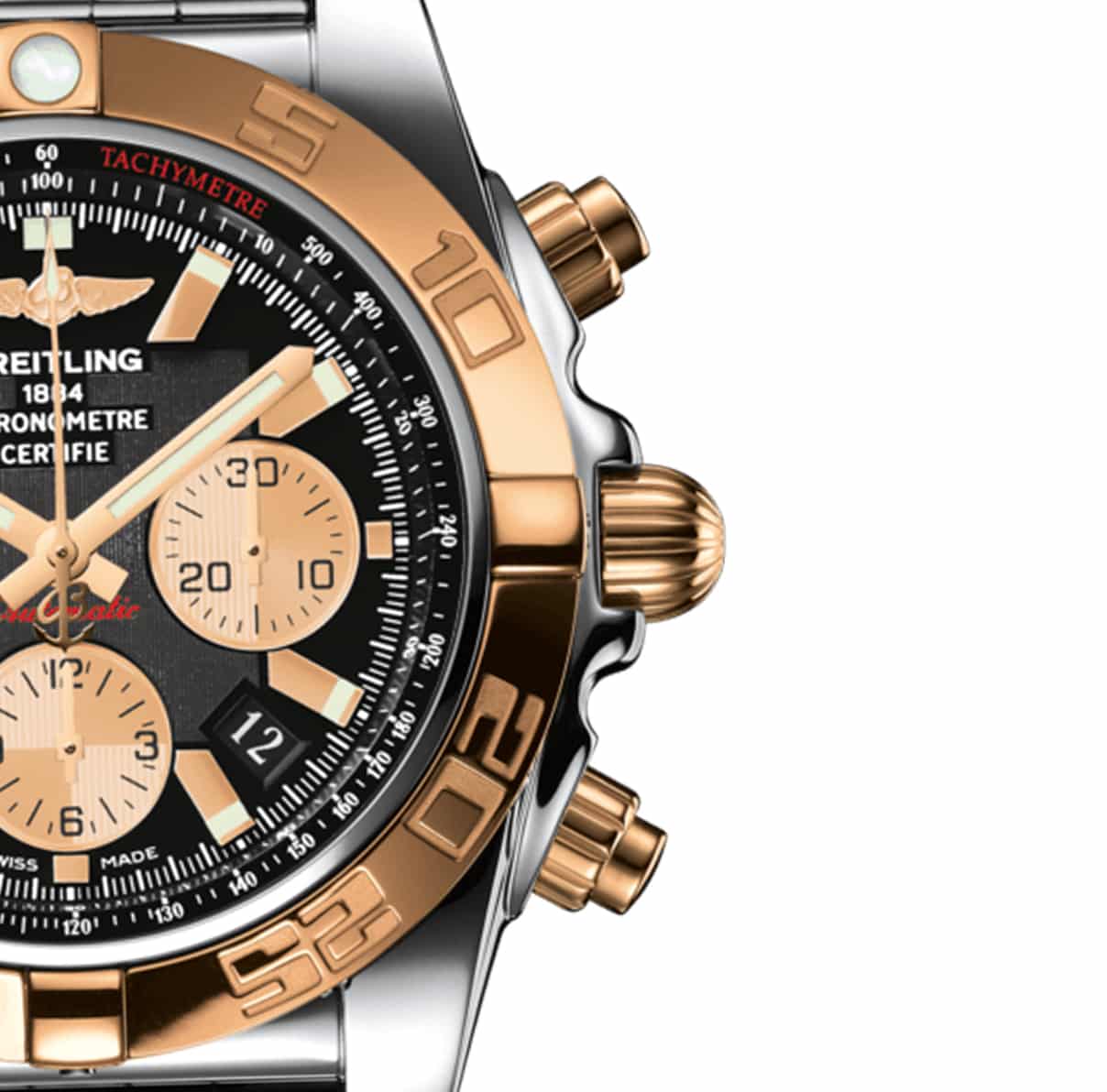


Complications
A complication in a watch is any feature that serves a purpose beyond simply telling time. Examples of complications include alarms, tachymeters, calendars, moon phases, chronographs, travel functions, and others. Watch complications offer diverse and advanced functionality that some may find appealing, regardless of whether they use them regularly or not.
Crown
The watch crown is the protruding knob found on the right-hand side of the watch case. The crown is typically utilized to adjust the time, but it may also perform other functions such as setting the date, winding the watch, and halting the watch. In the examples provided, the watch crown is located at 3:00, which is its most common position, although some designs place it in other positions. It is essential to observe the subtle design distinctions of the crowns in the examples.
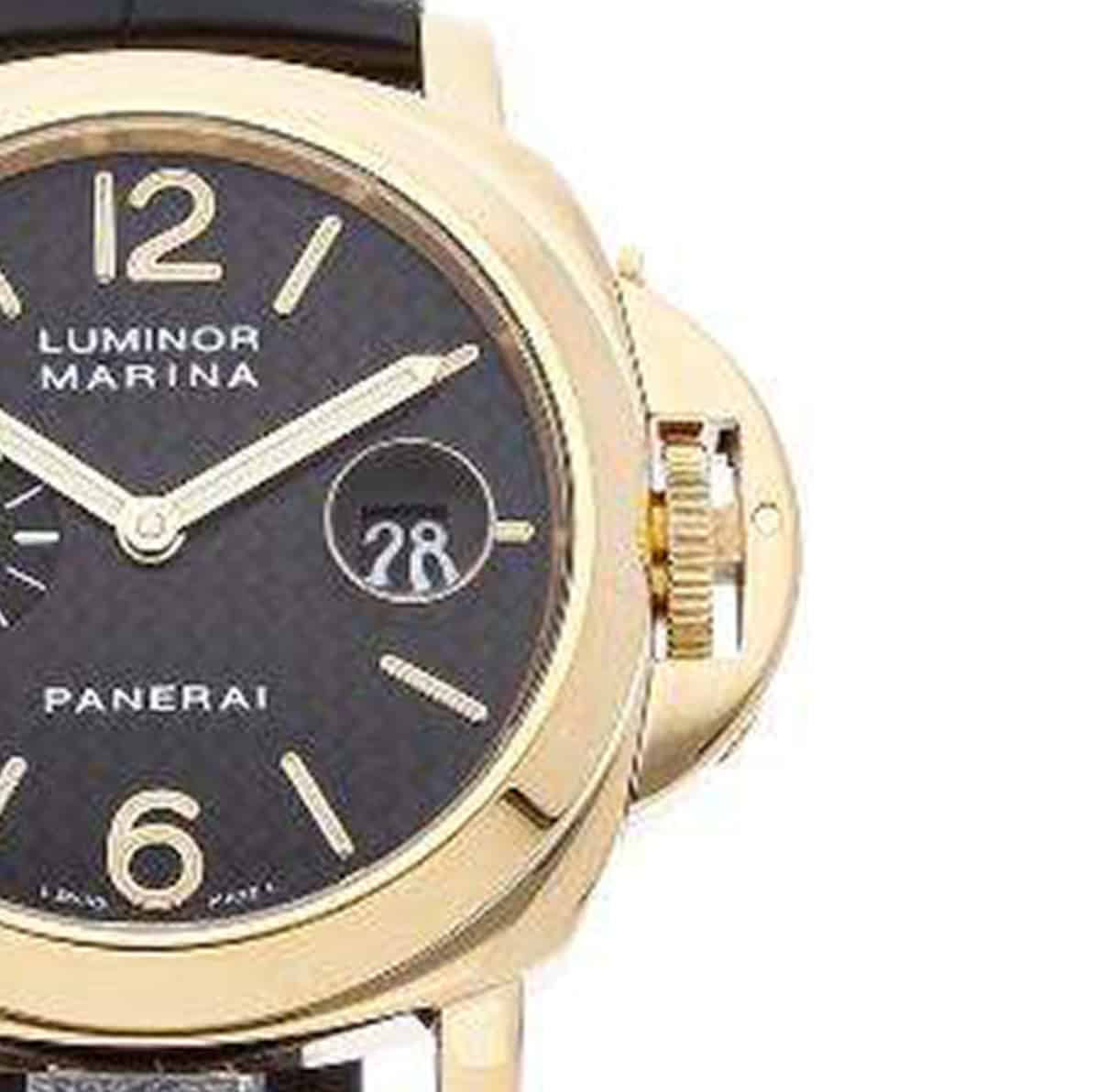
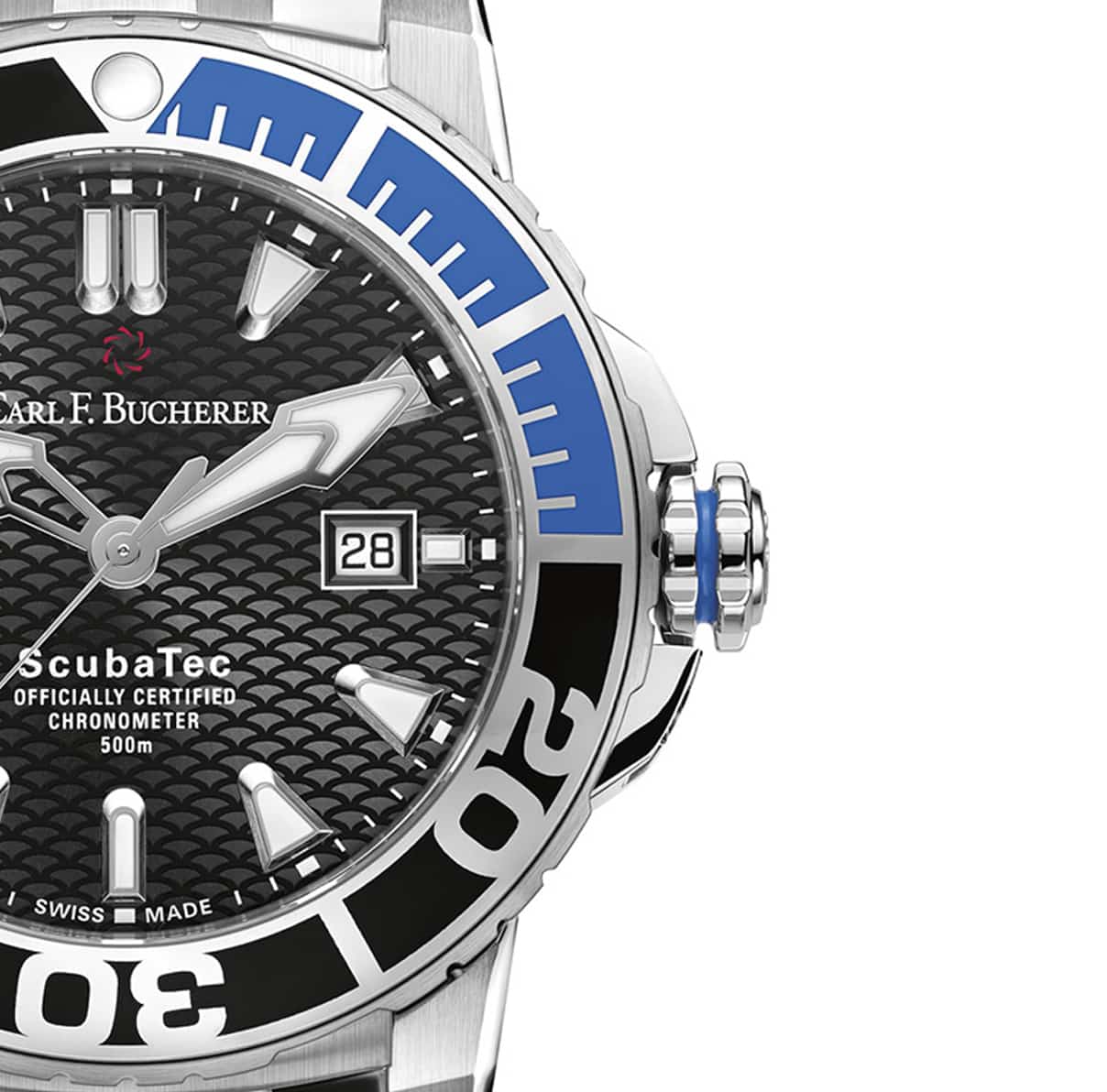
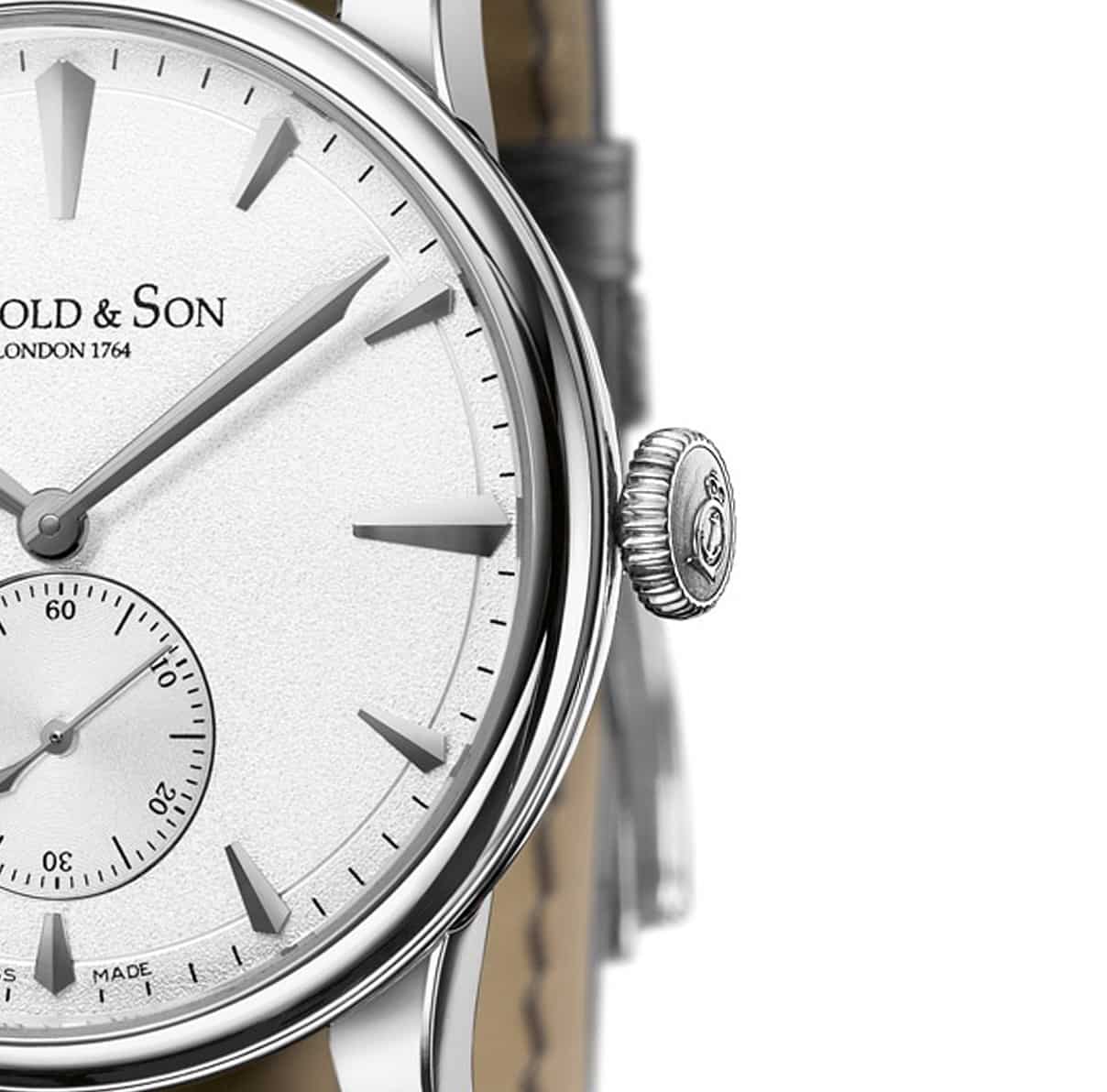
Bezel
The bezel is the outer ring that surrounds the dial and holds the glass or crystal in place. Bezels can be made from different types of metals and may be decorated with precious stones, such as diamonds. In the examples presented, there is a bezel that displays 24-hour markers, a distinctive rubber bezel, and a diamond-encrusted bezel with an unusual geometric shape.
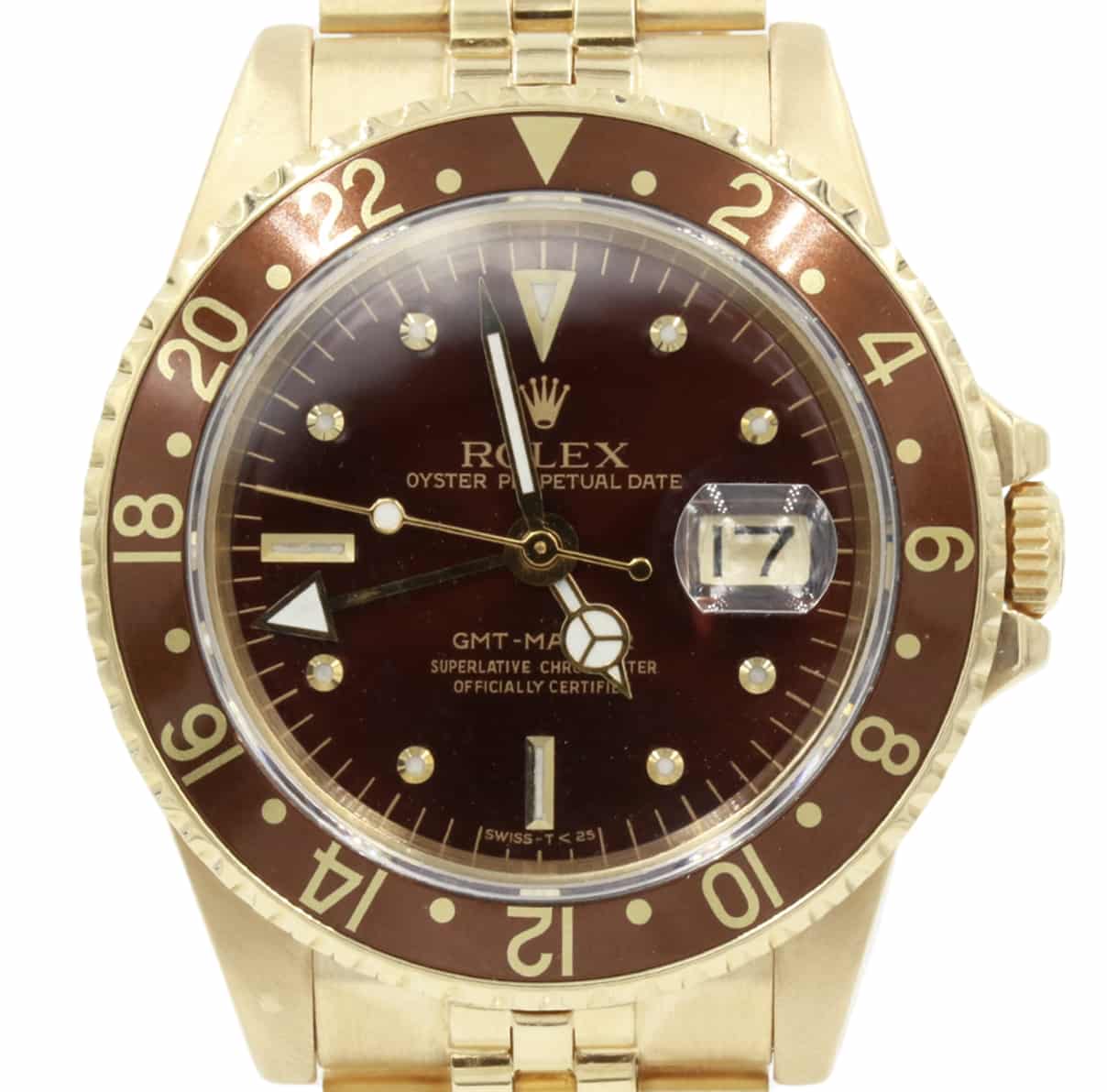
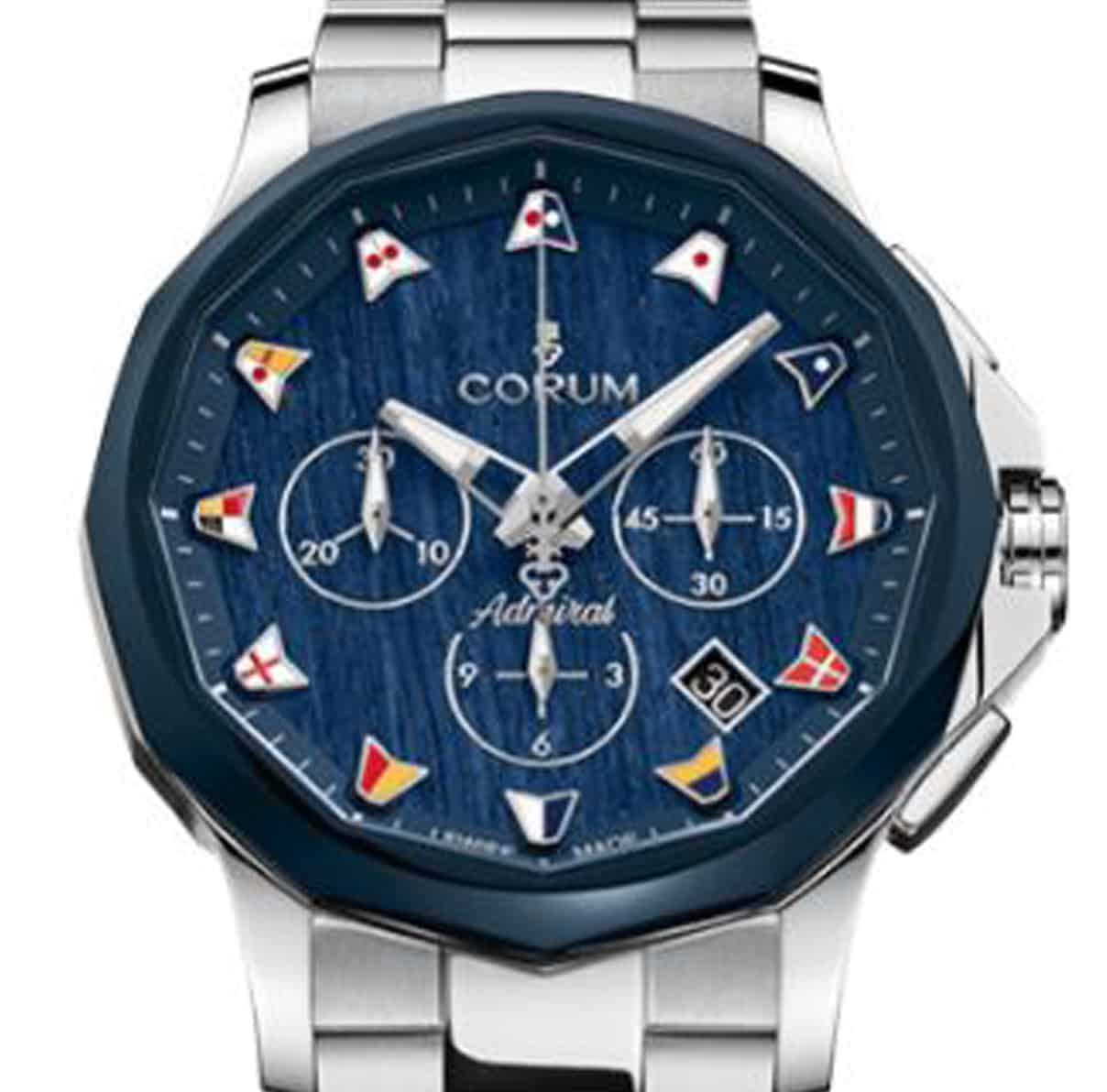
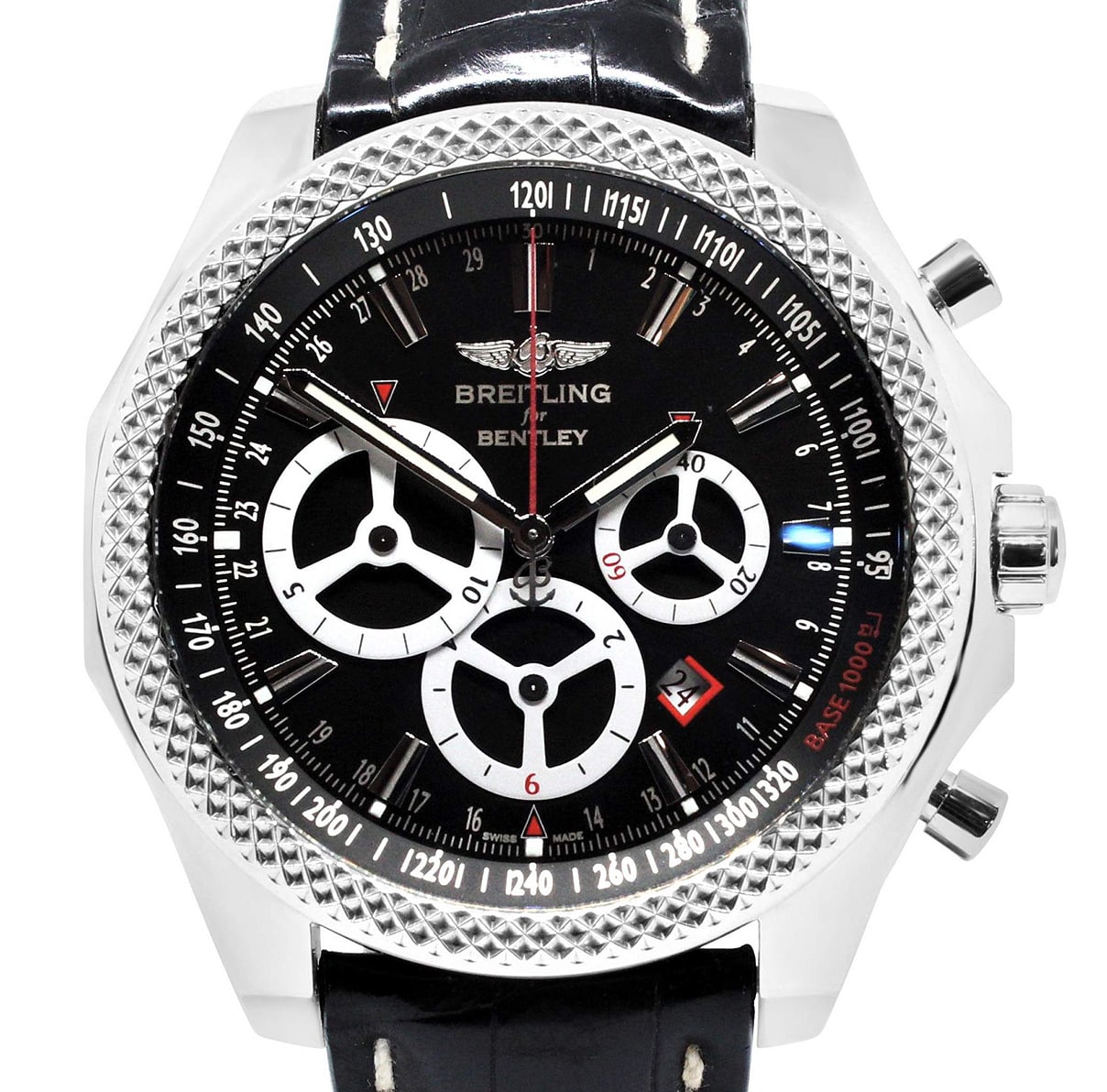
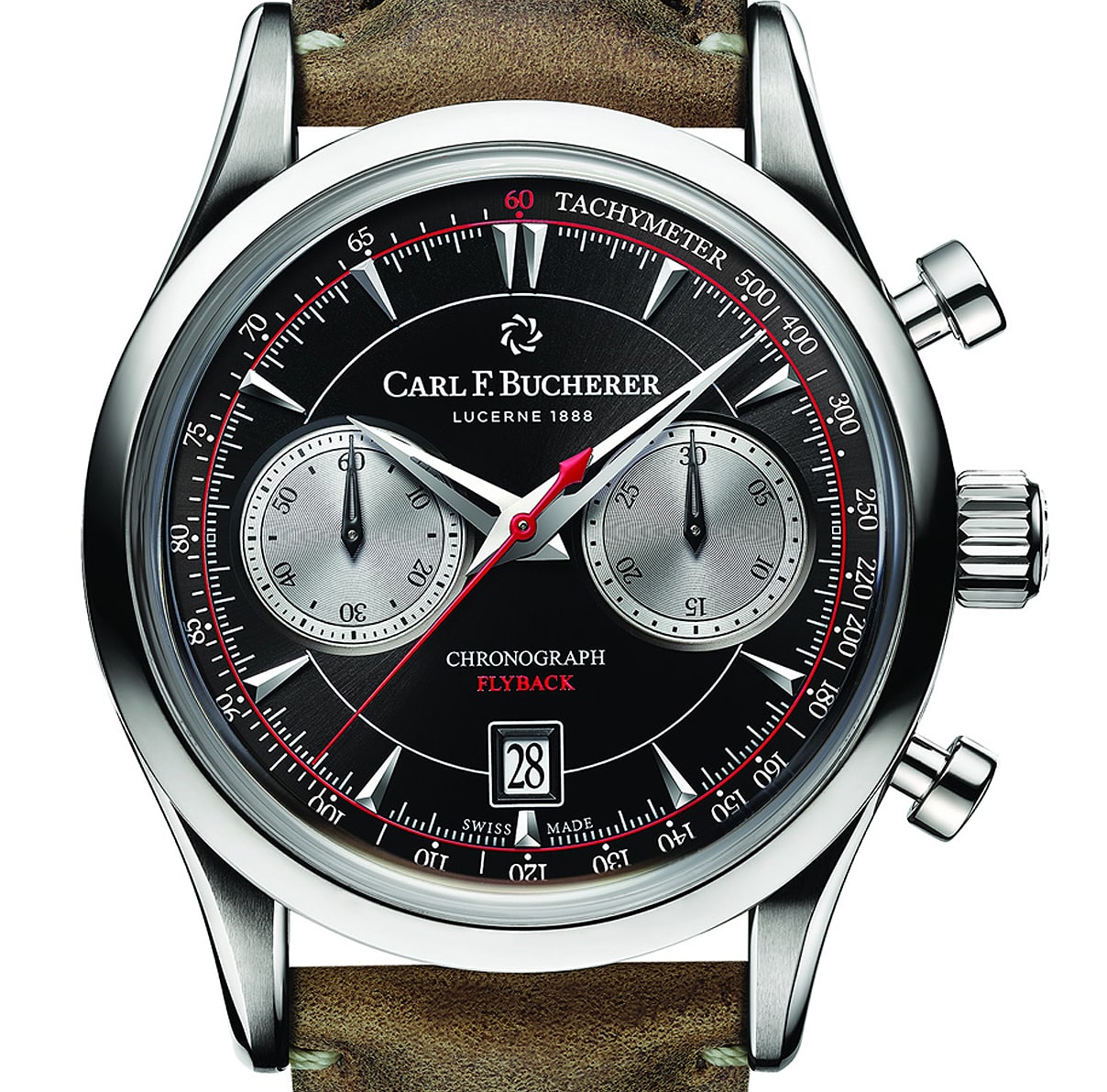
Lug: Watch lugs are the four secured pieces that connect the watch case with the bracelet or strap. There are various types of watch lugs and they certainly contribute to the overall aesthetics of the watch. In our examples below you can see how varied they can be. Some lugs are quite prominent and others can barely be seen at all.
Different Types of Watch Lugs
- Straight Lugs
- Speedy / Bombe Lugs
- Explorer Lugs
- Shrouded or Hooded Lugs
- Cushion Lugs
- Teardrop Lugs
- Crab Claw Lugs






Conclusion
In conclusion, understanding the various parts of a wristwatch can help you choose the perfect timepiece to match your lifestyle, personality, and preferences. Whether you prefer a classic and sophisticated watch with intricate complications or a modern and bold design with unique materials, the parts of a watch play a crucial role in its functionality and style.
From the case, dial, and crown to the pushers, bezel, and strap, each part of a wristwatch serves a specific purpose while contributing to the overall aesthetic and appeal of the watch. By learning about these parts and their variations, you can appreciate the artistry and craftsmanship that goes into creating a beautiful and reliable timepiece.
So whether you are a watch enthusiast or simply in need of a new timepiece, take some time to explore the different parts of wristwatches and discover the perfect watch that suits your needs and style. With so many options available, there is a watch out there for everyone, and by understanding the parts of a watch, you’ll be better equipped to find the one that’s right for you.

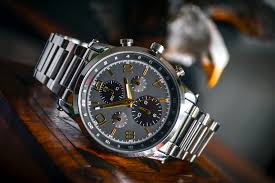




GIPHY App Key not set. Please check settings
3 Comments